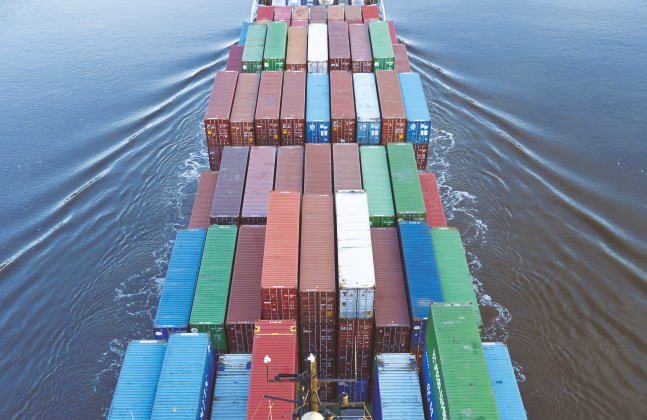Pitching for cleaner and greener mode, Inland Waterways Authority of India (IWAI) has joined hands with the MOL (Asia Oceania) Pte Ltd for transportation of liquified petroluem gas (LPG) through inland waterways.
IWAI signed a memorandum of understanding (MoU) with MOL for LPG transportation through barges on National Waterways-1 and National Waterways-2, in the presence of Minister of Ports, Shipping and Waterways, Mansukh Mandaviya.
IWAI will provide adequate fairway to handle LPG cargo on IWAI terminals/multimodal terminals at Haldia, Sahibganj and Varanasi as per notified provisions and rates on request of MOL and providing lease available depth (LAD) information on fortnightly/monthly basis.
MOL Group is the world’s largest gas carrier company and will invest for the construction and operation of dedicated LPG barges under the ‘Make-in-India’ initiative of the government of India.
Aegis Group proposed investments for setting up storage terminals, dedicated pipelines between jetty to the terminal and necessary infrastructure at jetty for evacuation of products from barges.
Presently, 60 per cent of the LPG is moved through road to the various locations with a cost of Rs 5 to 6 per metric tonne per kilometre, which the oil companies are interested in reducing.
Also at times, there are issues of strikes by transporters, road blockages which cause delay in transportation. Therefore, the main area of interest for the companies is to use waterways to have a cheaper alternative to the existing mode of transportation, which is also cleaner and greener mode.
Also, in some areas which are difficult to access through rail/road, especially in the North-East region, the inland water transport sector may provide usable solutions besides the parcel size as compared to road trucks, which can carry 17 MT of LPG in case of barges, and more depending on the size of barges.
Besides salient features of LPG over other commodities, is that LPG is a clean cargo with zero leakages and spillage as the products are handled by pipelines in a fully closed loop with utmost safety precautions being regulated by PNGRB and PESO.
LPG cargo needs less berthing time compared to any other bulk cargo. Besides there is no requirement of conveyors, etc, to be installed on berths/jetties.
Transporting LPG by inland waterways will help reduce the carbon footprint, lowering the overall logistics cost, which in India stands approximately at 13 to 14 per cent of gross domestic product, compared to global average of 8 per cent and contributing to government social schemes like Ujjwala for LPG supply.


